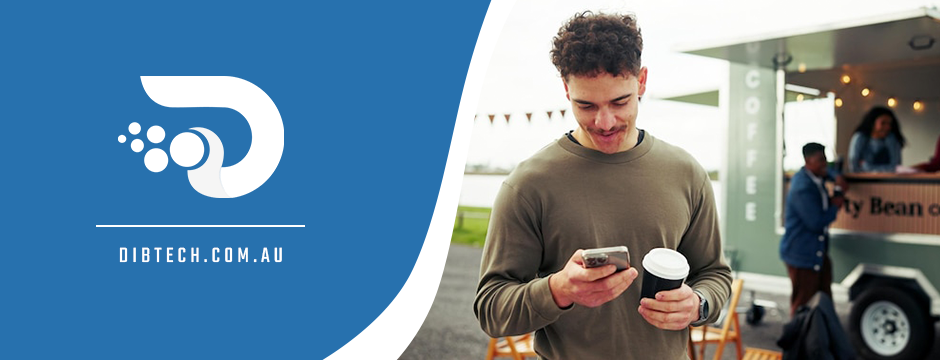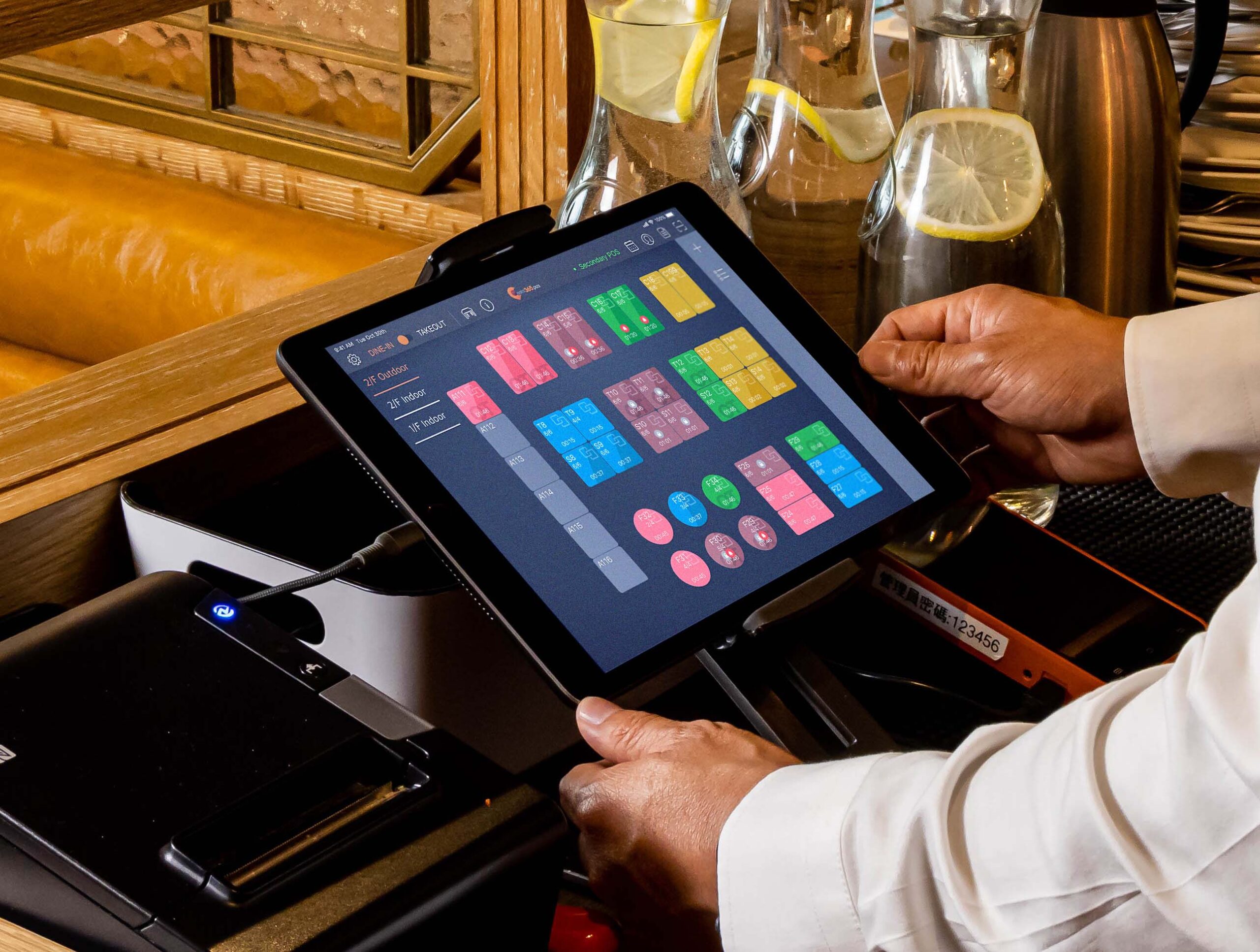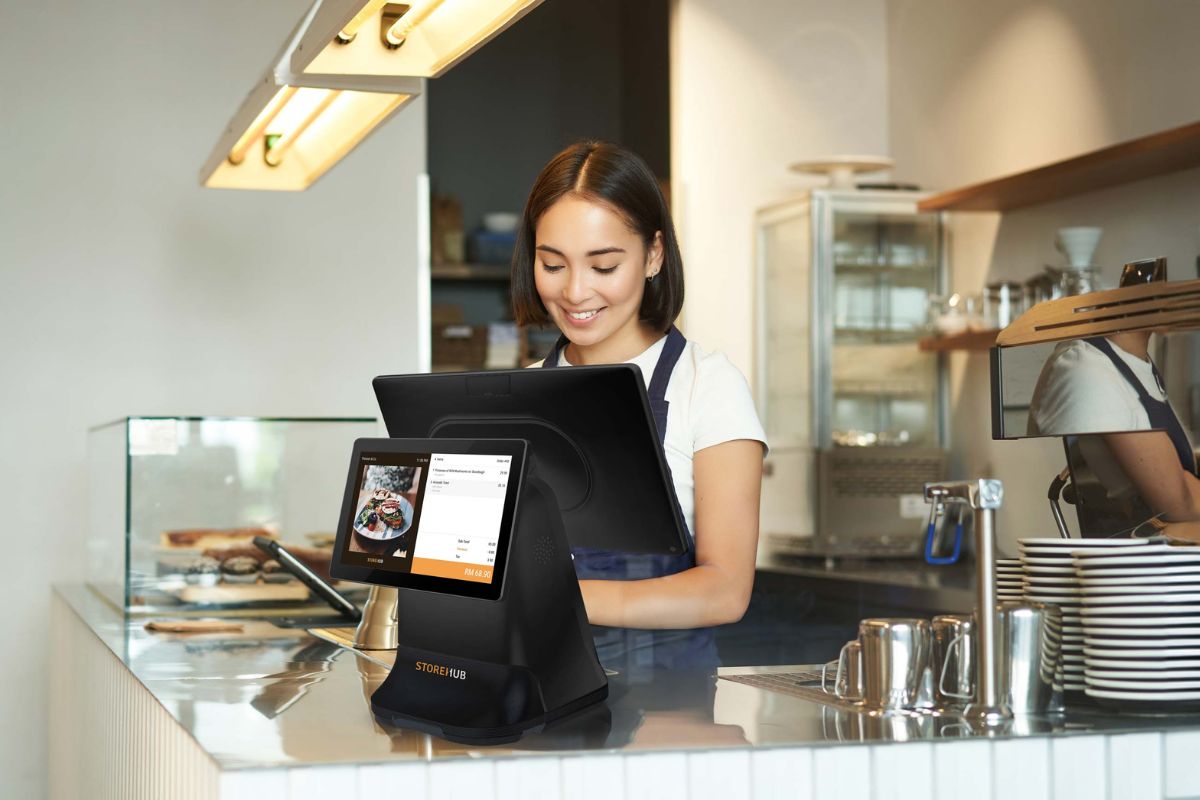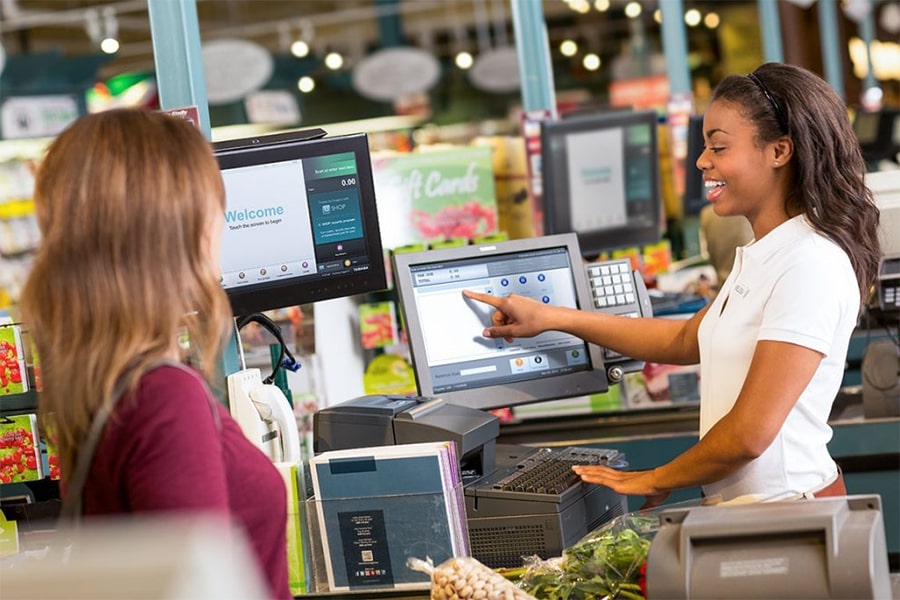How to Use POS Data to Reduce Costs and Increase Revenue in Your Coffee Shop

Running a successful coffee shop isn’t just about brewing great coffee — it’s also about making smart business decisions. One of the most powerful tools modern café owners have is their Point of Sale (POS) system. While most people think of a POS as just a way to ring up sales, today’s systems do much more. They collect detailed data that, when used wisely, can reduce costs and increase revenue — two critical factors for long-term success.
In this blog, we’ll explore how to use your POS data to make informed decisions that save money and boost profitability in your coffee shop.
1. Track Best-Selling Products to Focus on High Performers
Your POS system records every sale made, which means you have access to clear data on your most popular items. Analyzing this data helps you:
- Identify your top-selling drinks and food items.
- Understand seasonal trends and customer preferences.
- Eliminate underperforming items that waste inventory and shelf space.
By focusing your marketing efforts, promotions, and menu placement on your most profitable and popular products, you can increase sales and reduce the cost of carrying slow-moving items.
2. Monitor Labor Costs with POS-Linked Time Tracking
Labor is one of the highest expenses for any café. Most POS systems offer built-in time tracking or integration with scheduling tools. Use this data to:
- Analyze staffing patterns and optimize schedules.
- Avoid overstaffing during slow hours or days.
- Track employee productivity and sales performance.
For example, if you notice your POS data shows lower sales during certain times, you may choose to schedule fewer staff during those hours — reducing unnecessary labor costs without affecting customer service.
3. Optimize Inventory to Reduce Waste and Theft
POS systems with inventory management features can help you track stock levels in real-time. This leads to better purchasing decisions and less spoilage. You can:
- Automatically reorder best-selling ingredients.
- Set alerts for low stock or overstock situations.
- Compare sales data against inventory to spot inconsistencies (which could indicate theft or waste).
Let’s say you’re consistently running out of oat milk mid-week but throwing out expired almond milk. POS insights like these help you adjust orders and reduce product loss.
4. Run Targeted Promotions Based on Customer Data
Your POS system can track customer behavior, such as what products they buy, how often they visit, and how much they spend. Use this data to:
- Create targeted loyalty programs or email promotions.
- Offer personalized discounts to bring back lapsed customers.
- Design deals that encourage upselling or bundle purchases.
Targeted promotions are more effective than generic discounts because they cater directly to customer habits — which means more revenue per campaign.
5. Use Sales Reports to Adjust Pricing Strategically
With detailed POS reports, you can analyze pricing performance and gross margin per item. This data helps you make smart decisions like:
- Increasing prices slightly on popular, low-cost items.
- Bundling complementary products to boost average ticket size.
- Testing different price points and measuring performance.
For example, if your signature latte sells well at $4.50 with strong profit margins, a small price increase to $4.75 could generate more revenue without hurting sales volume.
6. Identify Peak Hours to Maximize Revenue Opportunities
POS data shows you exactly when your café is busiest — by the hour, day, or season. Use this data to:
- Schedule more staff during peak times to speed up service.
- Offer time-limited promotions during slow periods.
- Extend hours or offer delivery where demand justifies it.
Maximizing efficiency during busy times ensures you don’t lose sales to long lines or slow service, while boosting slower periods helps balance out revenue streams.
7. Track Business Growth with Custom Reports
Modern POS systems allow you to generate custom reports for in-depth insights. Regularly reviewing these reports helps you:
- Set performance benchmarks.
- Monitor trends over time.
- Identify areas for improvement or investment.
Whether you’re looking at daily revenue, cost of goods sold (COGS), or customer retention rates, your POS provides the data needed to make smarter, faster decisions.
Final Thoughts
Your POS system is more than just a cash register — it’s a powerful business intelligence tool. By leveraging the data it collects, you can reduce unnecessary costs, increase revenue, and run a more efficient, profitable coffee shop.
If you’re not already using your POS system to its full potential, now is the time to dive into the data. Your next big growth opportunity could be hiding in plain sight — right in your sales reports.






